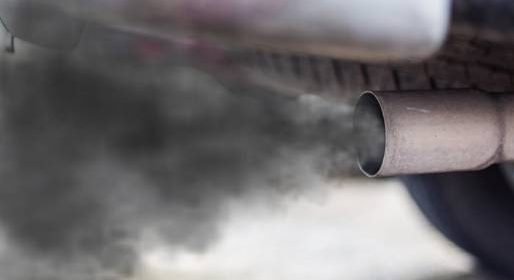Study links traffic pollution to 10pc of childhood asthma cases

More than one in 10 childhood asthma cases globally could be linked to traffic-related air pollution every year, according to a new global health assessment today.
The study of 194 countries and 125 major cities worldwide found the rate of traffic pollution-related childhood asthma in Ireland is 150 per 100,000 children each year.
This compares with Kuwait, which had the highest rate at 550 cases per 100,000 children each year, followed by United Arab Emirates (460 per 100,000), and Canada (450 per 100,000). The rate in the UK is 280 cases per 100,000 children and in the United States, it is 300 per 100,000.
Nitrogen dioxide (NO2) pollution appears to be a substantial risk factor for childhood asthma incidence in both developed and developing countries, especially in urban areas, the findings in ‘The Lancet Planetary Health’ journal shows.
Senior author Dr Susan Anenberg, of George Washington University in the US, said: “Our findings suggest that the World Health Organisation guideline for annual average NO2 concentrations might need to be revisited, and that traffic emissions should be a target to mitigate exposure.”
Lead author Ploy Achakulwisut, also of George Washington University, added: “Our study indicates that policy initiatives to alleviate traffic-related air pollution can lead to improvements in children’s health and also reduce greenhouse gas emissions.
“Recent examples include Shenzhen’s electrification of its entire bus fleet and London’s Ultra-Low Emission Zone congestion charges.”
Ireland has the fourth highest prevalence of asthma worldwide, affecting 470,000 adults and children – one in eight of the population.
Prevalence among 13- and 14-year-olds increased by 40pc between 1995 and 2003.
Globally, asthma is the most common non-communicable disease among children and prevalence has increased dramatically since the 1950s.
The reasons for this are multiple. Traffic-related air pollution may result in asthma development as pollutants may cause damage to the airways, leading to inflammation that triggers asthma in genetically predisposed children.
Reviews suggest a causal relationship is likely to exist between long-term nitrogen dioxide exposure and childhood asthma.
Source: Read Full Article